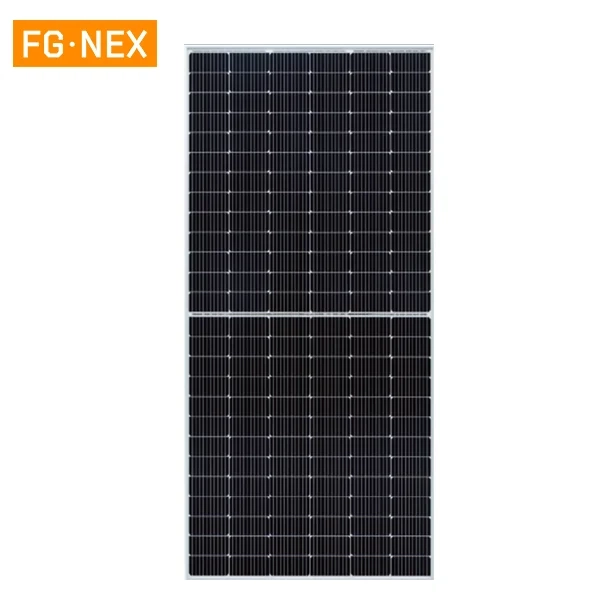As the global demand for renewable energy continues to increase, solar power generation, as a clean and renewable form of energy, has received widespread attention. In solar power generation systems, solar panels are one of the core components. When it comes to the choice of solar panels, monocrystalline solar panels are favored for their high efficiency and reliability. So, what is the return on investment of monocrystalline solar panels? This article will discuss this issue.
First, we need to understand what ROI is. Return on investment refers to the ratio between the income earned from an investment and the investment cost. For solar panel return on investment, it can be measured by calculating the ratio between the solar panel's power generation and the investment cost. Due to its high efficiency, monocrystalline solar panels can achieve higher power generation, thereby increasing the return on investment.

Secondly, the high efficiency of monocrystalline solar panels is one of the important reasons for their high return on investment. Compared with other types of solar panels, monocrystalline solar panels have higher conversion efficiency and can convert solar energy into electricity more efficiently. This means that under the same lighting conditions, monocrystalline solar panels can produce more electricity, thereby increasing power generation. The increase in power generation will directly affect the increase in return on investment.
In addition, the reliability of monocrystalline solar panels is also one of the important factors for their high return on investment. Because monocrystalline solar panels are made of high-purity silicon materials, their structures are more stable and their ability to withstand pressure is stronger. This allows monocrystalline solar panels to operate normally under harsh environmental conditions and are less susceptible to damage. In contrast, other types of solar panels may be susceptible to damage due to structural instability, affecting power generation efficiency. The reliability of monocrystalline solar panels ensures their long-term stable power generation performance, further improving the return on investment.
In addition, with the continuous advancement of solar panel technology and the continuous reduction of costs, the price of monocrystalline solar panels is also gradually declining. This allows investors to obtain higher cost performance when purchasing monocrystalline solar panels. Although the initial investment cost of monocrystalline solar panels is relatively high, their high efficiency and reliability can bring more power generation and long-term stable power generation performance, thereby achieving a higher return on investment.
However, the return on investment of monocrystalline solar panels is also affected by several factors. The first is the adequacy of solar energy resources. Solar panels require sufficient sunlight to exert their maximum power generation effect. If the solar energy resources in the installation area are limited, the return on investment may be affected to a certain extent. The second is the degree of support of electricity price policy. Some regions have given higher subsidies and preferential policies to solar power generation, which will directly increase the return on investment. Therefore, these factors need to be taken into consideration when choosing to install monocrystalline solar panels.
To sum up, monocrystalline solar panels have a higher return on investment. Its high efficiency and reliability enable monocrystalline solar panels to achieve higher power generation and long-term stable power generation performance, thereby increasing return on investment. In addition, with the continuous advancement of solar panel technology and the reduction of costs, the price of monocrystalline solar panels is gradually declining, further improving the return on investment. However, the return on investment is also affected by factors such as solar resources and electricity price policies. Therefore, when making investment decisions, these factors need to be considered comprehensively to obtain the best return on investment.
mia
charles@fgnexsolar.com

